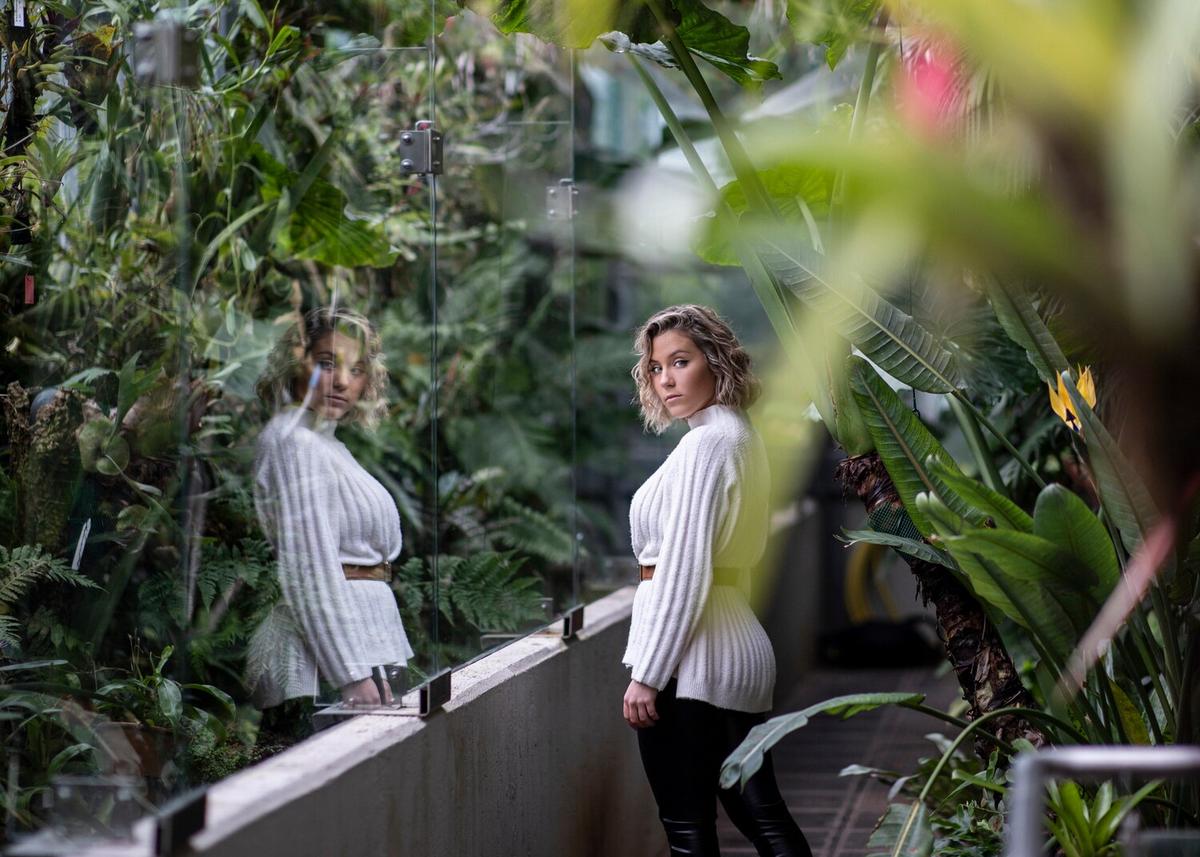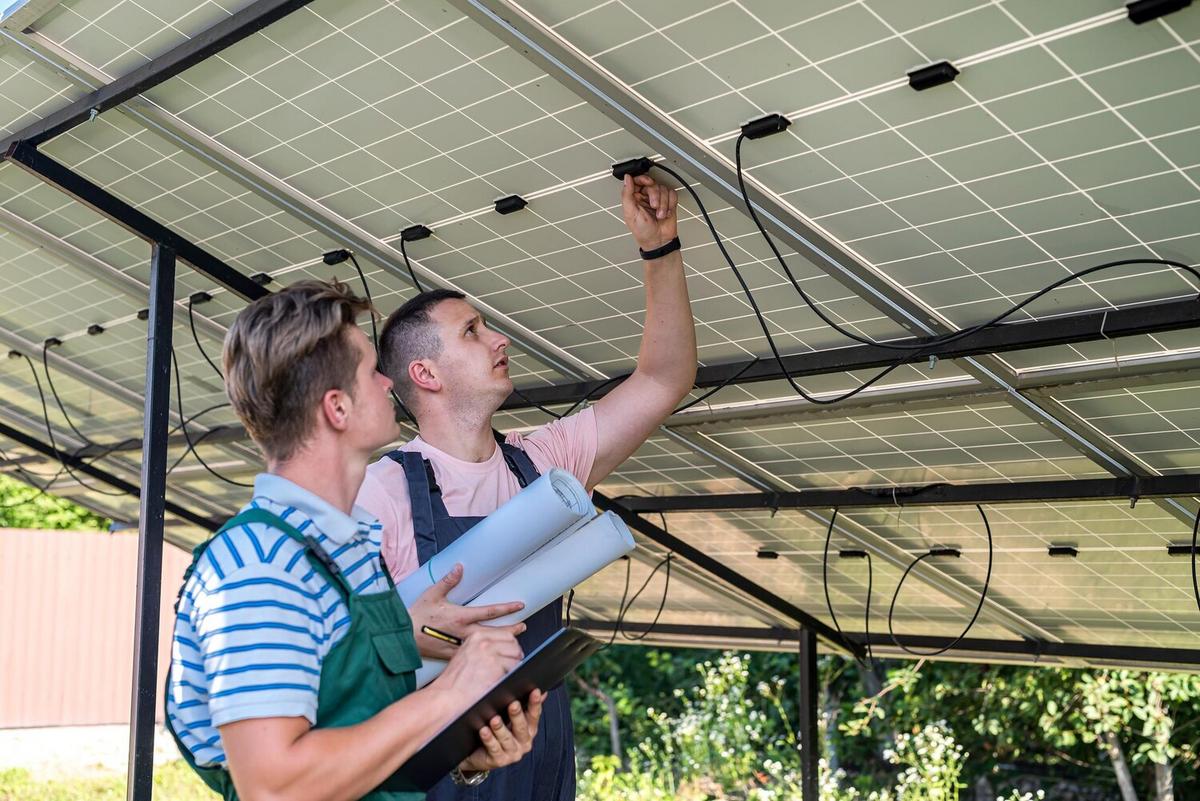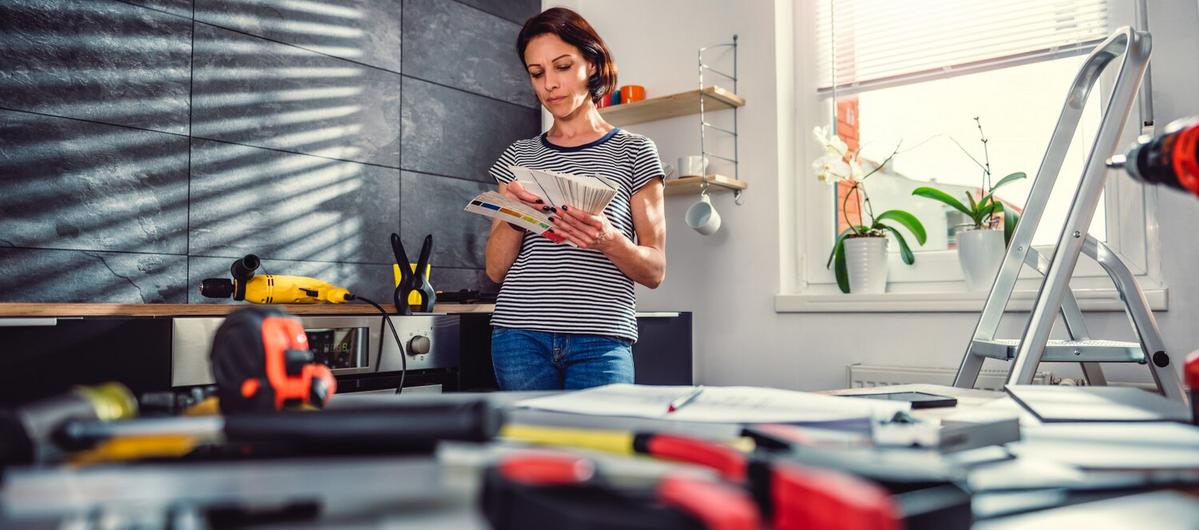Imagine a city where rooftops are not just barren structures but thriving green spaces that contribute positively to the urban ecosystem. Green roofs, also known as living roofs, are transforming urban environments by providing a host of ecological, economic, and social benefits. As cities continue to face challenges such as pollution, climate change, and limited green spaces, green roofs emerge as a sustainable solution that can help mitigate these issues.
The Benefits of Green Roofs
Green roofs offer numerous advantages for urban areas. According to a study by the University of Toronto, green roofs can reduce local air temperatures, thereby helping to mitigate the urban heat island effect. These roofs also improve air quality by capturing airborne pollutants and filtering atmospheric deposition.
Expert Opinions
Dr. Steven Peck, founder of Green Roofs for Healthy Cities, notes that “green roofs are a crucial component of urban sustainability strategies.” His organization advocates for the widespread adoption of green roofs due to their multifaceted benefits, including stormwater management and energy efficiency.
Statistics and Research Findings
Research has shown that green roofs can retain up to 75% of rainwater, reducing runoff and alleviating pressure on urban drainage systems. Furthermore, they can lower building energy usage by up to 30%, according to a report by the National Research Council of Canada.
Personal Anecdotes
Consider the experience of Mark, a resident of Chicago who transformed his apartment building’s rooftop into a green oasis. He shares that the rooftop garden not only provides a tranquil escape but also has significantly reduced his summer cooling costs.
How to Get Started with Green Roofs
- Consult with a professional to assess structural requirements.
- Choose the right type of green roof—extensive or intensive—based on your needs and budget.
- Select appropriate plant species that can thrive in your climate.
- Ensure proper waterproofing and drainage systems are in place.
Comparison Table: Extensive vs. Intensive Green Roofs
| Feature | Extensive | Intensive |
|---|---|---|
| Depth | 6-20 cm | 20 cm or more |
| Weight | 60-150 kg/m² | 290-970 kg/m² |
| Cost | Lower | Higher |
| Maintenance | Low | High |
| Plant Diversity | Limited | Wide variety |
| Accessibility | Limited | Designed for access |
| Water Retention | Moderate | High |
| Suitability | Residential, small buildings | Commercial, public spaces |
Frequently Asked Questions
Do green roofs require a lot of maintenance?
Maintenance varies; extensive roofs need minimal upkeep, while intensive roofs require regular care.
Can any building support a green roof?
Not all buildings are suitable; structural assessments are necessary to ensure safety and feasibility.
Are there financial incentives for installing green roofs?
Many cities offer tax incentives, grants, and rebates to encourage green roof installations.
Conclusion
Green roofs are more than just a trend; they are a viable and impactful solution for enhancing urban environments. By reducing energy consumption, improving air and water quality, and providing green spaces, these living roofs offer a pathway to a more sustainable future. If you’re considering adding a green roof to your building, now is the perfect time to explore this eco-friendly option.




Leave a Reply